Learn to freeze a sourdough starter to preserve your starter for the long term. With little maintenance and preparation, it is easy to freeze and revive sourdough starter. You will be well on your way to have sourdough starter for generations to come.

Creating a sourdough starter from scratch takes time. While sourdough starter can be used in recipes like sourdough bread, cinnamon rolls and bagels, it needs to be fed in order to stay active.
You may have heard about maintaining your sourdough starter through other methods like the countertop method, fridge method and dried method. But, did you know you can also freeze sourdough starter? In this blog, you will learn how as I hope to educate you more on all things sourdough.
Freezing mature sourdough starter is another way to maintain your starter. It is a simple way to ensure your sourdough feeding schedule fits your lifestyle.
It gives flexibility and also ensures it will be there should an accident occur (like when a sourdough container falls on the floor and shatters or we accidentally mix our raw egg spoon into the starter container..not speaking from personal experience!).
Tools for Freezing Sourdough Starter
The tools needed to freeze sourdough starter are minimal. As long as you have sourdough starter on hand, choose your method of desired to freeze sourdough starter, and place within the freezer for later use.
- Sourdough Starter
- Flour and water (to feed sourdough starter)
- Glass Jar
- Ice Cube Tray / Silicone Tray
- Plastic Bag
How to Freeze Sourdough Starter – Methods
To freeze sourdough starter, chose the freezer method (below) which works best for you. Simply, feed your starter (to ensure it is active / at peak) and put within a storage container in the freezer for future use. To freeze sourdough starter, three storage methods can be utilized (I.E.):
- Place in a glass jar
- Separate into an ice cube tray or a freezer-safe container
- Place within a plastic bag

Glass Jar
It is easy to freeze dried starter or active starter within a glass jar. To freeze a small amount of starter within a glass jar, add a small portion of active sourdough starter and place it within a clean jar.
Allow enough room for expansion (IE 80% full) and place within the freezer. To regenerate the frozen starter, remove the glass jar from the freezer.
Then, allow it to come to room temperature by placing in a warm spot. You may see signs of activity as it thaws (I.E. little bubbles!). Continue regular feedings as usual.

Ice Cube Trays / Freezer Safe Container
To freeze individual portions of sourdough starter, place within an ice cube tray. We use a silicone ice cube tray from our baby-led-weaning days because the portions are 1 ounce each and it comes with a lid. Once frozen, remove from the ice cube tray and put within a freezer bag. Remove as much air as possible, label the ziplock bag with the date you are freezing it on, and place within the freezer.
Additional measures to ensure freezer burn will not occur can be taken. If you are worried about ice crystals forming on the tops of the cubes, place within an airtight container, divide layers with a piece of parchment paper or wrap each smaller portions in plastic wrap.
To regenerate the sourdough starter from frozen, remove as many sourdough starter portions as you would like. Place within a clean glass jar and allow to come to room temperature. Finally, proceed with feeding a 1 to 1 ratio of sourdough starter, water and flour.
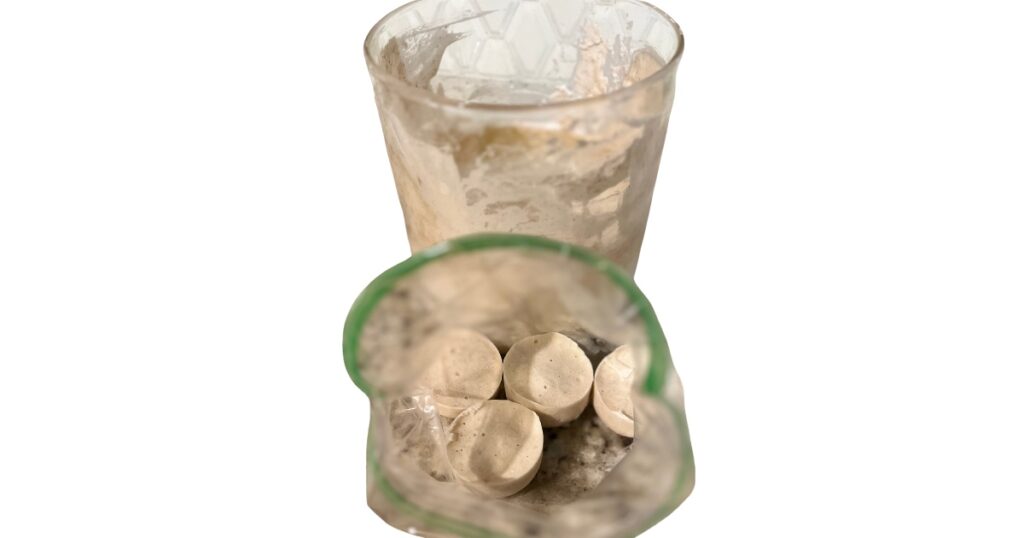
Plastic Bag
When freezing sourdough starter in a plastic bag, place a portion of the active starter into the bag. Alternatively, place sourdough starter frozen cubes in a plastic bag.
Then, remove as much air as possible. It can also be helpful to place the bag against the side of the counter and remove the air above the sourdough starter line. When ready to regenerate, allow the sourdough starter to thaw at room temperature and feed as normal (1:1 ratio – equal parts starter, flour and water).
Additionally, if you have dried sourdough starter, you can also place the pieces of dried starter in a freezer bag for later usage.
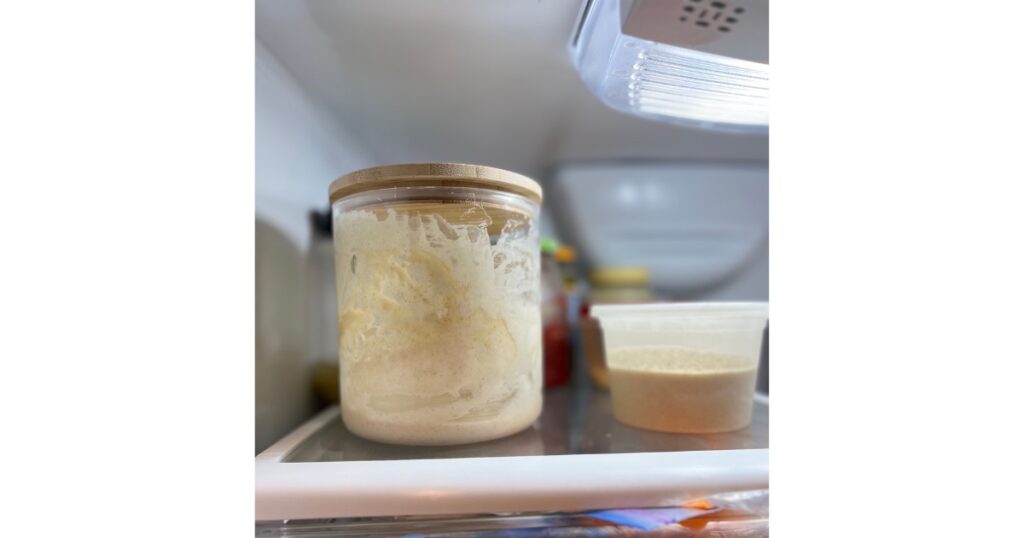
How to Revive Frozen Sourdough Starter
Thawing and reactivating sourdough starter is easy. The basic method is – allow the sourdough starter to thaw at room temperature and feed a 1:1 ratio.
For example, if you froze one ounce cubes or pucks of sourdough starter, remove from the freezer, allow to thaw, and feed a ratio of one ounce sourdough starter, one ounce water and one ounce flour.
Another example of reactivating frozen sourdough starter is: if you have a recipe which contains 6 ounces of starter, remove two one ounce portions of sourdough starter from the freezer. Once thawed, feed with equal parts water and flour (so 2 ounces starter, 2 ounces water, 2 ounces flour).
If you are concerned about the integrity of your sourdough starter, consider utilizing the float test or rubber band test to ensure optimal hydration levels. To learn more about these methods, learn how to maintain a sourdough starter.
Depending the amount of sourdough starter removed from the freezer, thawing sourdough starter is a quick process when placed the counter (within 1-2 hours). Cold temperatures could make sourdough starter take longer to thaw (3-4 hours).
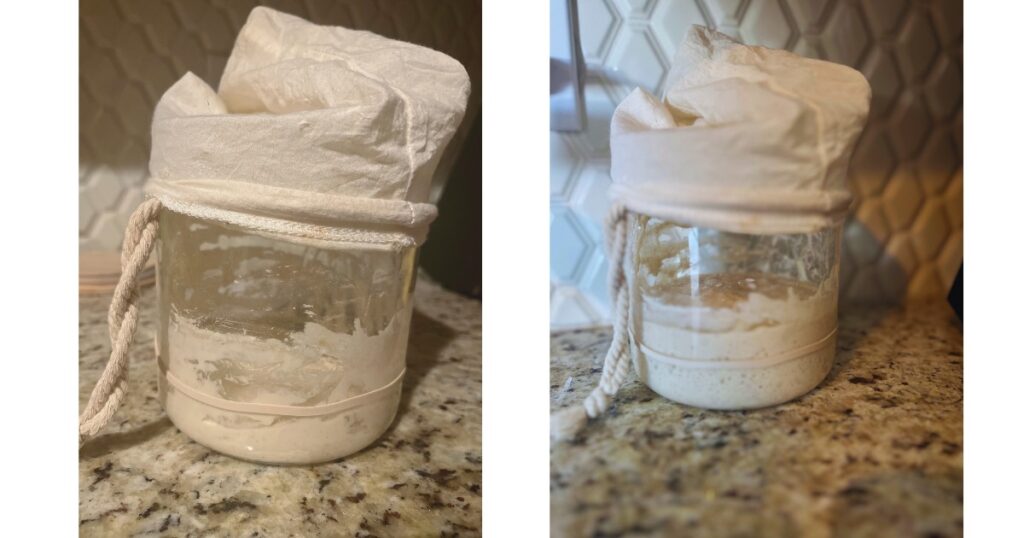
Frequently Asked Questions
How long can I freeze sourdough starter?
The shelf life of sourdough starter is infinite. As long as the freezer does not break, it can stay for many years. To ensure the best chance of reviving frozen sourdough starter, we recommend using within one year and freezing more, if your sourdough schedule allows.
Is sourdough starter healthy after freezing? Does freezing damage sourdough bread?
Freezing does not damage the integrity of sourdough starter or sourdough bread. Sourdough bread freezes well. Freezing is an excellent way to have backup starter to be used at another time. Sourdough cultures are some of the most resilient life-forms once they are mature (about a 1-2 month old sourdough starter).
How to use frozen sourdough starter?
Frozen sourdough starter can be used just as any other sourdough recipe would. Use it within your favorite sourdough recipes like, pizza dough, cinnamon rolls or burger buns. Additionally, it can be grown and shared with others.
What is better – freezing or drying sourdough starter?
Both freezing and drying sourdough starter are great ways to store starter for future use. They are a convenient way to ensure sourdough starter is always on hand in the future.
Both take a similar amount of time to make and regenerate. And of course, both are long term storage options for food. If you do not have a freezer, drying sourdough starter would be better. Additionally, drying sourdough starter does not require use of a dehydrator.
Can you freeze sourdough discard?
Yes, this article explains how you can freeze sourdough discard. By feeding your sourdough starter, allowing it to reach 100% hydration, and ‘discarding’ into your method of preservation, you are freezing sourdough discard.
Can you freeze dried sourdough starter?
Yes. Once you dry sourdough starter, put in a method of preservation (ziplock baggie, airtight container, mason jar) and place within the freezer. Finally, do not forget to label the date of freezing.
Freeze Sourdough Starter
Ingredients
- Sourdough Starter (100% peak hydration)
Instructions
Glass Jar
- Place active sourdough starter in a glass jar and place within freezer in 1 to 5 ounce increments depending on preference. If filling glass jar, fill up to 80% maximum to ensure optimal space for expansion when freezing (so the jar does not explode within the freezer). If you have dried sourdough starter, you can also freeze this in a glass jar and place within the freezer to extend shelf life.Store in freezer until ready to use. When ready to use, allow to thaw at room temperature. Feed 1:1 ratio of sourdough starter, water and flour before using in your favorite sourdough recipe!
Ziplock Bag
- Place active sourdough starter in a ziplock bag. Can store in 1 to 5 ounce increments depending on preference.Store in freezer until ready to use. When ready to use, allow to thaw at room temperature. Feed 1:1 ratio of sourdough starter, water and flour before using in your favorite sourdough recipe!
Ice Cube Trays
- Place active sourdough starter in ice cube trays. Allow to freeze. Once frozen, remove cubes from tray and place within a ziplock baggie or airtight container. Take note on size of cubes (IE 1 ounce vs. 1.5 ounce) and mark ziplock baggie with date stored. Store in freezer until ready to use. When ready to use, allow to thaw at room temperature. Feed 1:1 ratio of sourdough starter, water and flour before using in your favorite sourdough recipe!
Have you preserved sourdough starter before? What is your favorite method? We always have a little back up in our fridge and need to make more dried starter to store in a mason jar with an oxygen absorber. Let us know your favorite method to preserve sourdough starter in the comments below!





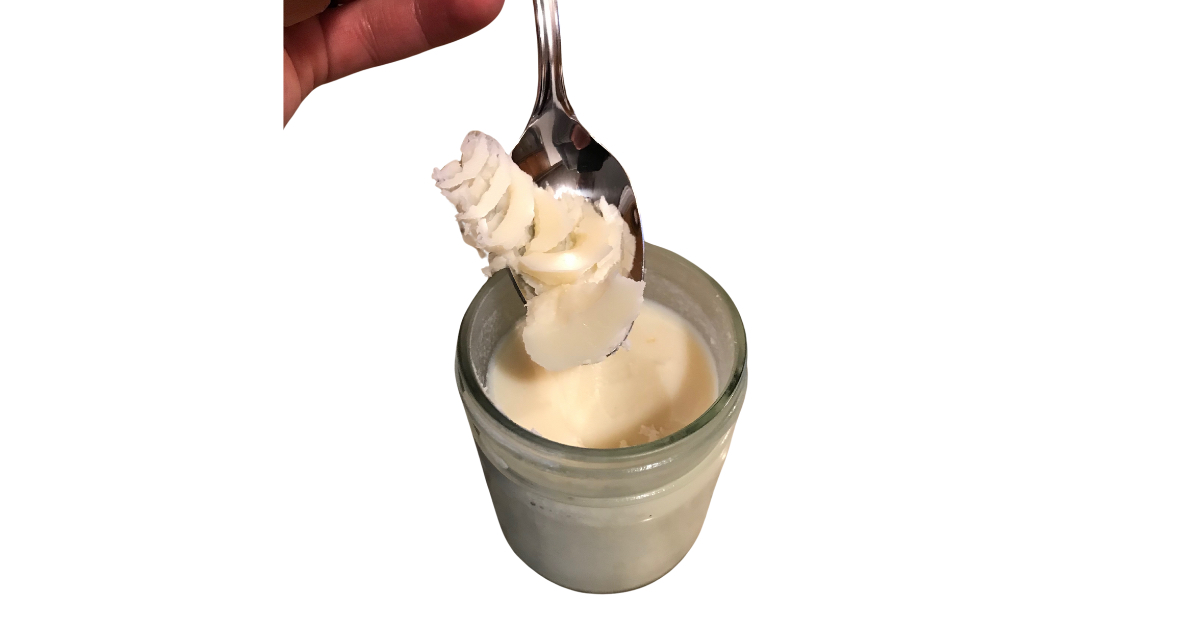
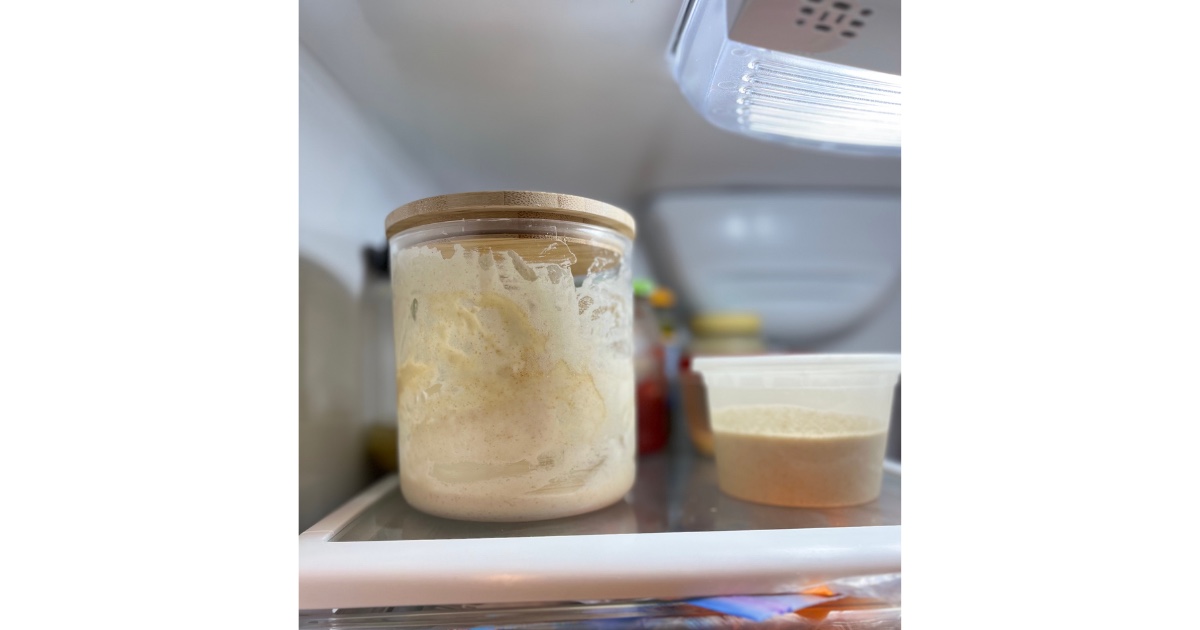
One Comment